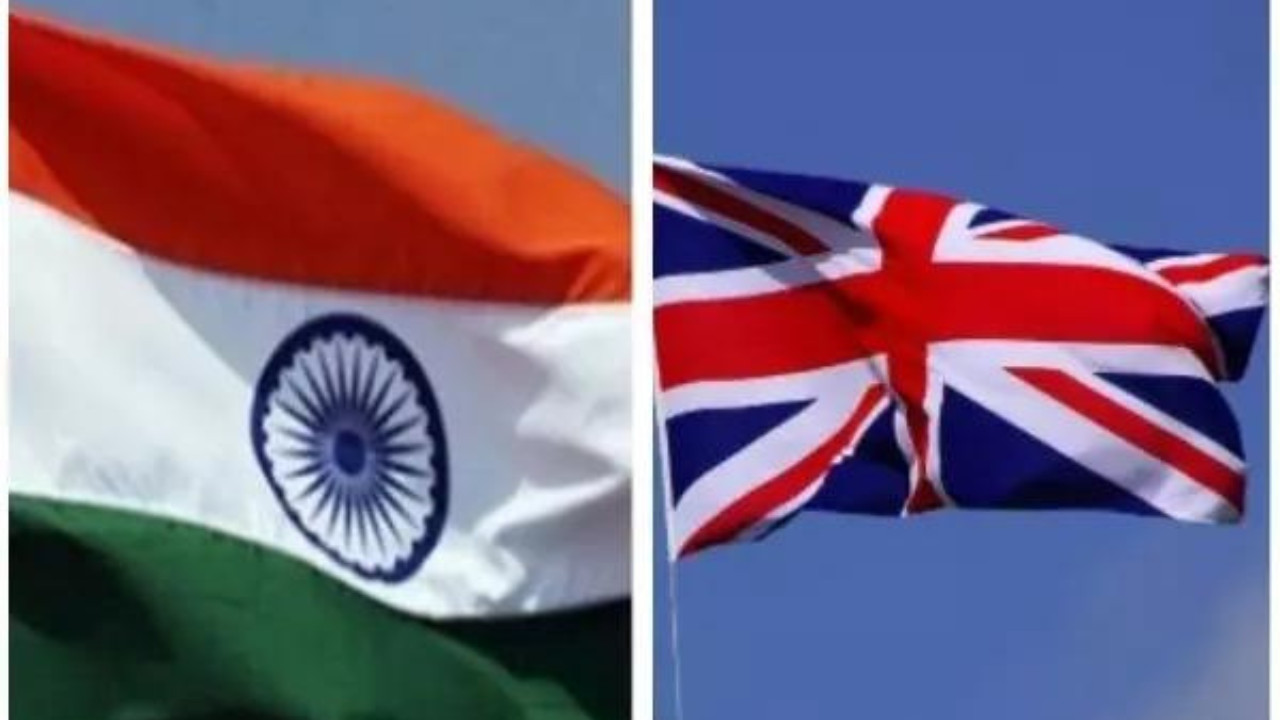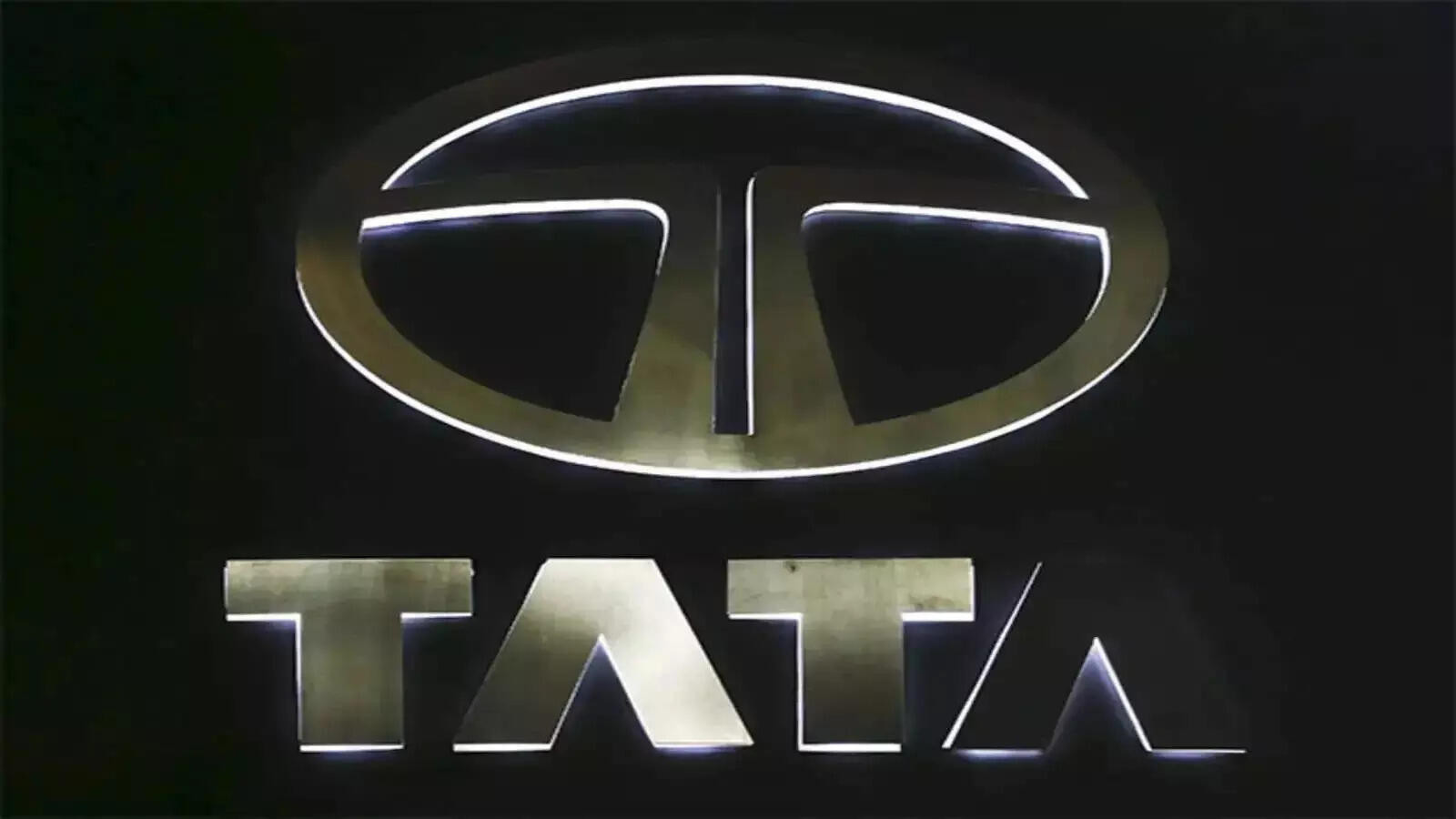India and the UK are signing a trade agreement. This deal will remove tariffs and make trade easier. Maharashtra will export more engineering goods and medicines. Gujarat will see growth in pharma and seafood exports. Tamil Nadu’s textile and leather industries will benefit. Other states like Andhra Pradesh and Punjab will also experience export growth.
A Post-Brexit Bonanza? How an India-UK Trade Deal Could Reshape Industries
For years, whispers of a landmark trade agreement between India and the United Kingdom have circulated, promising a new era of economic cooperation. Now, with negotiations seemingly reaching a crescendo, it’s worth asking: who stands to gain the most from this potential post-Brexit bonanza? This isn’t just about government figures and trade statistics; this is about real businesses, real jobs, and real opportunities blooming across both nations.
The Promise of Reduced Tariffs: A Game Changer
At the heart of this potential deal lies the enticing prospect of significantly reduced tariffs. For Indian exporters, this means leveling the playing field in a market previously dominated by EU nations and others enjoying preferential treatment. Imagine Indian textiles, leather goods, and agricultural products suddenly becoming more competitive in British stores. That’s the power of tariff reduction. <img src="image-url.jpg" alt="Containers being loaded onto a ship, illustrating the potential benefits of an India-UK trade deal for exporters.”> The impact could be transformative, particularly for sectors that have long struggled to penetrate the UK market due to high import duties.
States Set to Shine: Regional Winners in the Trade Game
While the agreement will impact the entire Indian economy, certain states are poised to reap disproportionate rewards. Think of Gujarat, a powerhouse of manufacturing, and Maharashtra, India’s financial capital. These states, with their robust industrial bases, are well-positioned to capitalize on increased export opportunities.
Tamil Nadu, known for its textiles and automotive industries, could see a surge in demand for its products. Karnataka, the nation’s tech hub, might witness increased collaboration and investment in the digital sector. Haryana, with its strong presence in the automotive and agricultural sectors, is also expected to be a key beneficiary.
Essentially, any state with a strong export-oriented manufacturing base will likely see a boost from lower tariffs and streamlined trade processes.
Sectors in the Spotlight: Industries Primed for Growth
Beyond regional advantages, specific sectors across India are gearing up for significant expansion. The textile industry, long a cornerstone of the Indian economy, stands to gain immensely. Reduced tariffs on garments and fabrics could unlock a new wave of exports, creating jobs and boosting revenue.
The leather industry, facing challenges from international competition, could find renewed vigor in the UK market. Similarly, the agricultural sector, with its vast potential, could see increased demand for Indian fruits, vegetables, and processed foods.
The pharmaceuticals sector, already a global leader, could strengthen its presence in the UK, providing affordable medicines and contributing to healthcare innovation. The gems and jewellery industry, renowned for its craftsmanship, could witness a surge in demand for Indian diamonds and precious stones. Engineering goods, chemicals, and automotive components are other sectors poised to benefit. These are not just numbers on a spreadsheet; they represent factories humming with activity, innovation taking flight, and economic opportunities for millions.
Beyond Tariffs: Streamlining Trade for Efficiency
The India-UK trade deal isn’t just about tariff cuts; it’s about creating a more efficient and streamlined trading environment. This means reducing bureaucratic hurdles, simplifying customs procedures, and promoting greater regulatory alignment. Imagine the time and cost savings for businesses – resources that can be reinvested in innovation and growth.
For example, the deal could include provisions for mutual recognition of standards, allowing Indian products to more easily meet UK regulatory requirements. This would eliminate the need for costly and time-consuming re-certification processes. Furthermore, the agreement could foster greater collaboration on intellectual property rights, protecting Indian innovations and encouraging further investment in research and development. Read more about investment opportunities in India here.
A Two-Way Street: Benefits for the UK
It’s important to remember that trade is a two-way street. While India stands to gain significantly, the UK also stands to benefit from this agreement. Reduced tariffs on British goods entering India could boost exports of machinery, automotive components, and other manufactured products. The deal could also create new opportunities for UK companies in sectors such as financial services, education, and healthcare. Ultimately, a successful trade agreement will create a win-win scenario, fostering economic growth and prosperity in both nations.
The Future of Trade: A New Chapter Unfolds
The impending India-UK trade deal promises to be more than just a simple agreement; it represents a pivotal moment in the economic relationship between two historic partners. By reducing tariffs, streamlining trade processes, and fostering greater collaboration, this agreement has the potential to unlock significant opportunities for businesses and create jobs across both nations. The real test, however, lies in effective implementation and a commitment to fostering a truly mutually beneficial partnership. As the final details are ironed out, the focus will inevitably shift to ensuring that the promise of this landmark agreement translates into tangible benefits for all stakeholders.







